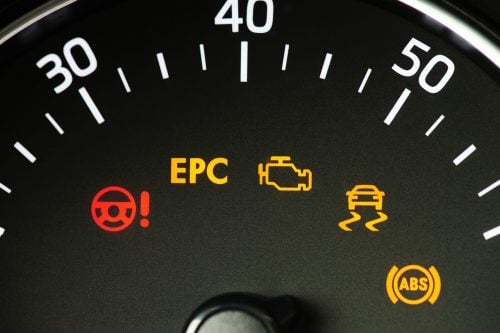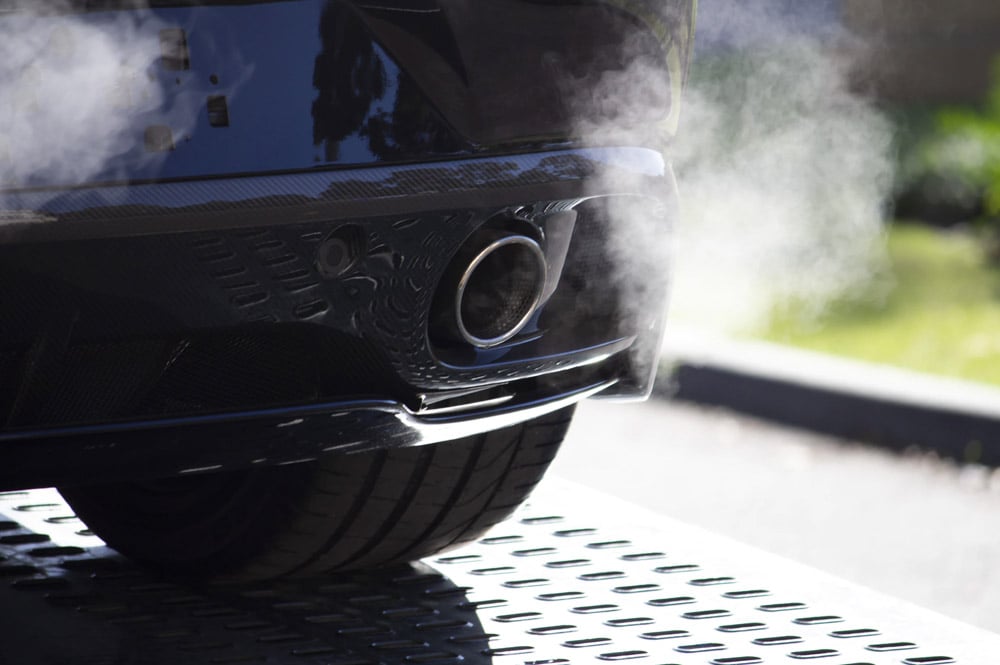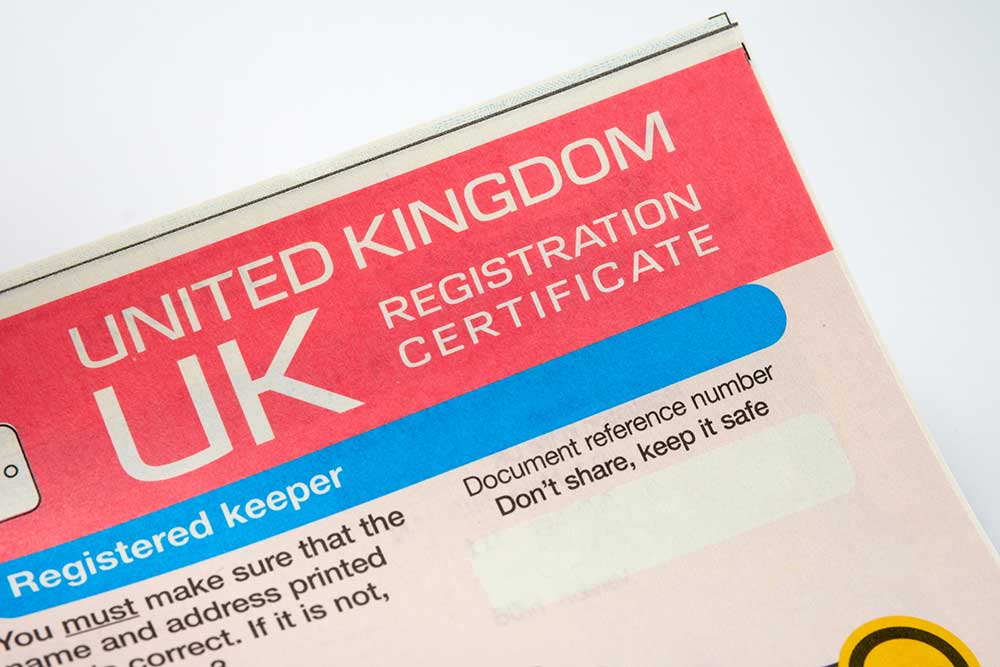Understanding the colourful array of dashboard symbols on your car’s display can be challenging. So, with our comprehensive and helpful guide to car warning lights, Motorscan will help you navigate the urgent red warnings to the less daunting milder orange alerts, deciphering what they mean, what you should do and when to seek professional help!
Navigating the array of colourful and often cryptic symbols lighting up on your car’s dashboard may feel like you’re trying to understand a foreign language. From the urgent red flash of a brake system alert to the gentle orange glow of a service reminder, these warning lights serve as a vital communication between you and your vehicle. So, Motorscan is making all these brightly coloured alerts easy to understand in one place as we guide you through the often confusing world of dashboard warning lights. We’ll explore the most common ones, giving you the knowledge to understand what your car is trying to tell you!
What are the 5 most common warning lights?
Check Engine Light:
- Symbol: Typically, the alert is orange or amber, an engine-shaped icon or may display the words ‘Check Engine.’
- Meaning: If the ‘Check Engine’ light is illuminated on a dashboard, it can indicate various issues, from minor to severe. Common causes include problems with the oxygen sensor, which can affect fuel economy and other components; a loose, damaged, or missing gas cap, leading to fuel vapour leaks and reduced efficiency; catalytic converter issues, affecting the car’s ability to control exhaust emissions; spark plug or ignition coil problems, impacting engine performance; and malfunctioning mass airflow sensor, which measures the amount of air that’s entering the engine and calculates how much fuel is needed.
- Urgency: The alert is not an immediate safety concern, hence the amber/orange warning. However, it’s essential to address the Check Engine light promptly to avoid potential damage to your vehicle.

Battery Warning Light:
- Symbol: Usually a red battery icon.
- Meaning: The battery warning light on your car’s dashboard is an essential indicator of an issue with your vehicle’s electrical system. Generally, it signifies that the battery is not charging correctly, which could be due to several reasons, such as a failing alternator, a problem with the battery itself (it’s old or damaged), and loose or corroded battery connections.
- Urgency: This light warns that the battery may soon run out of power, and the vehicle could potentially stop functioning, making it essential to rectify the issue promptly to avoid being stranded.
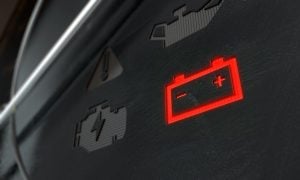
Brake System Warning Light:
- Symbol: Displays an exclamation mark within a circle, usually in red.
- Meaning: The brake system warning light is a crucial safety indicator as it alerts the driver to potential issues within the braking system. This light can be triggered by various problems, such as worn out brake pads, low brake fluid levels, or a malfunction in the anti-lock braking system (ABS). Sometimes, it may also illuminate if the parking brake is engaged.
- Urgency: Given the vital role of brakes in vehicle safety, it’s essential to address any brake system warnings promptly and ensure the issue is correctly diagnosed and resolved.
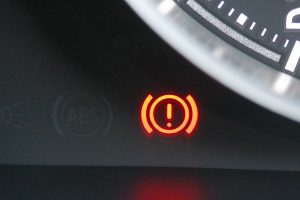
Tire Pressure Monitoring System (TPMS) Light:
- Symbol: Typically, this warning is a yellow or amber exclamation mark inside a horseshoe-shaped icon.
- Meaning: The Tyre Pressure Monitoring System (TPMS) light is a crucial dashboard indicator alerting the driver to issues with the tyre pressure in one or more of the vehicle’s tyres. Usually, this light indicates that the tyre pressure is either too low or too high, or it may signal a malfunction within the TPMS itself.
- Urgency: Proper tyre pressure is crucial for optimal vehicle handling, fuel efficiency, and tyre longevity, so it’s important to address, but it’s not an immediate safety concern. When this light illuminates, it’s essential to check the tyre pressures and adjust them as necessary or have the system checked if it’s a sensor issue.
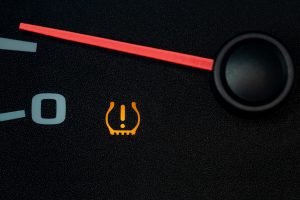
Coolant Temperature Warning Light:
- Symbol: Usually, a red symbol resembling a thermometer submerged in liquid.
- Meaning: The coolant temperature warning light, is a critical indicator that the engine’s temperature has exceeded its safe operating range. This light signals that the engine is overheating, which can be due to low coolant levels, a broken water pump, a malfunctioning radiator, or issues with the thermostat.
- Urgency: Overheating can cause significant engine damage if not addressed promptly. When this light comes on, it’s advisable to stop driving as soon as it’s safe, let the engine cool down, check the coolant level, and seek professional mechanical assistance to diagnose and rectify the underlying issue if necessary.

Difference Between Orange and Red Warning Lights
The colour of car warning lights plays a crucial role in indicating the urgency and type of issue that may be occurring with the vehicle. Generally, orange lights require attention but are less immediate, while red lights indicate a serious problem. Here we provide an overview of orange and red warning lights:
Orange Warning Lights
Orange or amber warning lights generally signify a less urgent issue that needs attention but is not immediately dangerous. However, these are often indicative of problems that, if left unchecked, could lead to more significant issues or failures. Examples include Check Engine Light indicating potential engine issues, Service light suggesting the car requires a routine check-up or service, Low Fuel is a reminder to refuel the car soon, and tyre pressure warning alerts you to one or more tyres being under or over-inflated.
Response: When an orange warning light appears, addressing the issue as soon as possible is advisable. However, it doesn’t usually require you to stop the vehicle immediately. You can typically continue driving with caution and rectify the issue at your earliest convenience, seeking assistance from your local mechanic if needed.
Red Warning Lights
Red warning lights indicate something more urgent, a serious issue or malfunction that needs immediate attention. These lights are designed to alert you to potentially critical issues affecting your safety or the car’s functionality.
Examples include an Engine Temperature warning indicating the engine is overheating, an Oil Pressure warning to alert you to a drop in oil pressure, which could lead to engine damage, a Brake System warning indicating a potential major brake system problem and an Airbag alert suggesting a fault with the airbag system.
Response: When a red warning light is illuminated, it’s often advised to stop driving safely as soon as possible and seek professional assistance to recover the vehicle, diagnose it, and rectify the cause. Continuing to drive could be dangerous or cause further damage to the car.
Diagnosing Issues and Saving Money
Diagnosing issues early and effectively saves money and prevents minor problems from escalating into major repairs. Here are Motorscan’s top tips:
- Use an OBD Reader to help diagnose issues: An On-Board Diagnostics (OBD) reader is a valuable tool for car owners. It’s designed to be connected to a vehicle’s OBD port, usually found under the dashboard. It reads diagnostic trouble codes (DTCs) from the car’s computer system, indicating various problems. The OBD reader decodes these codes into understandable terms, aiding in pinpointing specific issues, ranging from simple sensor malfunctions to more complex problems requiring further interpretation. An OBD reader is cost-effective, enabling owners to diagnose many car problems independently, potentially avoiding unnecessary mechanic visits and repairs. However, it’s essential to remember the limitations of OBD readers, as they might not detect all car issues, especially those unrelated to the engine or electronic systems.
- Regular Vehicle Maintenance: Regular maintenance of your vehicle is vital for its longevity and reliability. Carrying out preventive care, such as oil changes, brake checks, and fluid top-ups, significantly reduces the risk of severe car problems as it maintains the vehicle in optimal working condition. Although regular maintenance can appear as an unwanted recurring expense, it’s actually a strategic investment offering long-term savings. Consistent maintenance helps avoid costly breakdowns and extend the vehicle’s lifespan, ultimately proving financially beneficial in the long run.
Professional vs. DIY Solutions: Choosing between DIY car repairs and professional help depends on your mechanical skills, the issue’s complexity, and the tools you have at hand. Simple tasks, like bulb and filter changes, might be DIY-friendly, but complex problems usually need a mechanic. Safety is crucial, so if you’re in doubt, it’s best to opt for professional assistance to avoid potential risks and further damage. Also, consider the costs; DIY might seem like a good option but could be more expensive if it leads to unsuccessful fixes or requires professional intervention later. And remember, DIY repairs on newer cars could void warranties, so check your vehicle’s warranty terms before starting any repairs.
